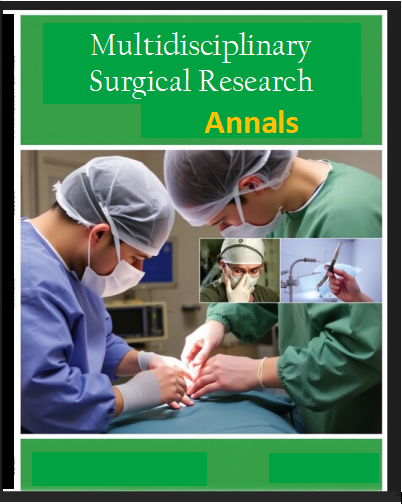Comparative Evaluation of Lysis Reagents for DNA Extraction from Gram-Positive and Gram-Negative Bacteria
DOI:
https://doi.org/10.63075/zprp6x61Abstract
The extraction of high-quality genomic DNA is a fundamental requirement for a wide range of molecular biology applications, including PCR, sequencing, and genetic engineering. However, standardized and cost-effective DNA extraction protocols that yield high-quality DNA from both Gram-positive and Gram-negative bacteria remain a challenge, particularly in resource-limited laboratory settings. This study aimed to evaluate and optimize simple, low-cost lysis methods compatible with phenol-chloroform-isoamyl alcohol (PCI) extraction to improve DNA yield and purity. Four different lysis approaches—distilled water, TEN buffer, TEN buffer with sodium dodecyl sulfate (SDS), and TEN buffer supplemented with SDS and Proteinase K were tested on Staphylococcus aureus (Gram-positive) and Escherichia coli (Gram-negative). DNA yield and quality were assessed using spectrophotometry and gel electrophoresis. The results demonstrated that the combined use of TEN buffer, SDS, and Proteinase K significantly enhanced cell lysis, producing the highest DNA yield and purity for both bacterial types. In contrast, distilled water and TEN buffer alone resulted in poor lysis efficiency and lower DNA recovery. This study presents a reproducible, time-efficient, and economically feasible DNA extraction protocol that eliminates the need for expensive commercial kits while maintaining high-quality output. The proposed method is particularly suitable for routine molecular work in academic, diagnostic, and environmental microbiology laboratories, and offers a practical solution for standardizing bacterial DNA extraction from diverse species.
Keywords: DNA Extraction, Staphylococcus Aureus, Escherichia Coli, Lysis Buffer, Proteinase k, Sds, Bacterial Genomics




